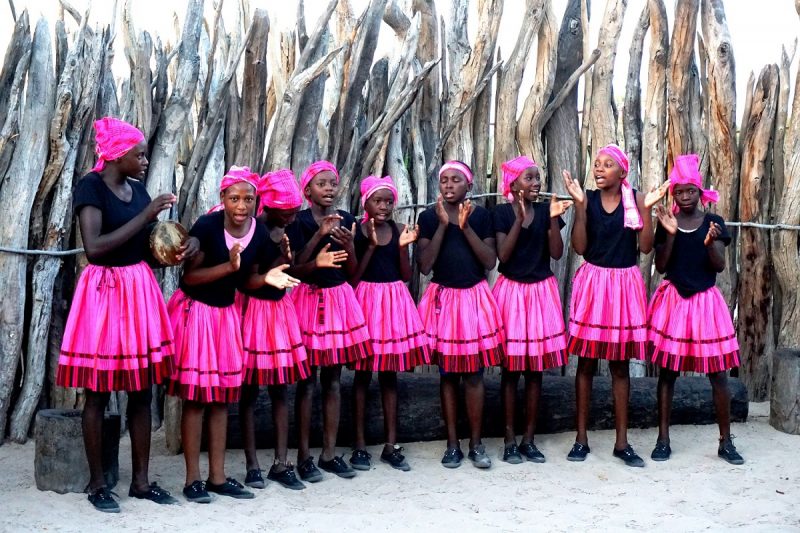In the Kuiseb Canyon near the gravel road from Windhoek to Walvis Bay, a German motorhome traveler was attacked by a leopard at night. At the beginning of April, Hardy Specker (61) and his wife Petra Windmeisser (60) parked their camper van near the Kuiseb Bridge to spend three days in the canyon. On the third night, they were woken up by a thump on the car. The two initially feared that someone wanted to break in. Hardy Specker got up and went to the small window in the kitchen to see what was going on outside.
When he opened the window, a leopard jumped at him and grabbed him by the neck. The animal missed the aorta by a fraction. Instinctively, Specker later described, he pushed his fingers into the eyes of the cat. As the animal tried to pull him through the window, his wife came to his aid courageously and held him by the legs. Finally, the leopard let go of his victim, but jumped on the roof of the motorhome and stayed there for hours. He was also not driven away by the horn of the mobile.
Petra Windmeisser provided first aid to her seriously injured husband by stopping the bleeding and bandaging him. Because of the leopard, she could not leave the mobile to fold in the entrance stairs and drive away. Hours later, the two were rescued by a passing motorist, who drove them in their camper to Walvis Bay, so that Windmeisser could take care of her husband all the time.
The seven-hour operation was successful, Hardy Specker recovered quickly. Nevertheless, the pensioner couple broke off its planned nine-month tour through Southern Africa, shipped the camper back to Germany and returned to their hometown Constance. According to a report by German private TV channel RTL at the end of May, the wounds healed well, but scars on the head and arms were not to be missed.
Experts puzzled over the unusual behavior of the leopard. Maybe the animal was raised by someone and later released in the wild. That would explain why it was not afraid of people or vehicles. Maybe the leopard was also infected with rabies. The Ministry of Environment called on travellers to be cautious and announced they would investigate the case.
+ + +
Headlines of other news stories:
Combined tickets for domestic flights: Namibia Tourism Board and Air Namibia want to boost tourism in the far north and deep south of Namibia

The “Ovambo Travel Pass” of Air Namibia allows to experience the culture of the people of northern Namibia. Photo: NTB.
Four times as many travellers as planned for: Hosea Kutako International Airport near Windhoek will be rebuilt and expanded in November
Fees increase for the first time since 2005: From next January, visitors to the main national parks such as Etosha should pay 250 instead of 80 Namibia Dollar
New regional route Omuramba Meander (www.omuramba-meander.org): Initiative creates awareness of experiences in the triangle between Etosha, Khaudum and Waterberg
Desert lodge made from sandbags: Gondwana Group is building “The Desert Grace”, a new 20-room lodge south of Solitaire
16 years for intact fencing: The 822 kilometres long fence around Etosha National Park has so far only been repaired over a total length of 112 kilometres
Buffaloes cause grief to farmers: In the national park on the Waterberg Plateau there are about 1,600 buffaloes instead of 400 as originally planned
China helps to fight poaching: Ministry of Environment receives donation of 30 four-wheel drive vehicles and camping equipment for use against poachers
Austrian supports rhino protection: 30,000 Euros for marble rhino sculpture for the benefit of the initiative “Hunters United Against Poaching (HUAP)”
+ + +
Complete news stories published in the column “Reise Aktuell” in the print edition of Namibiamagazin no. 2/2018 (in German only).
